Tag: National Trust
-
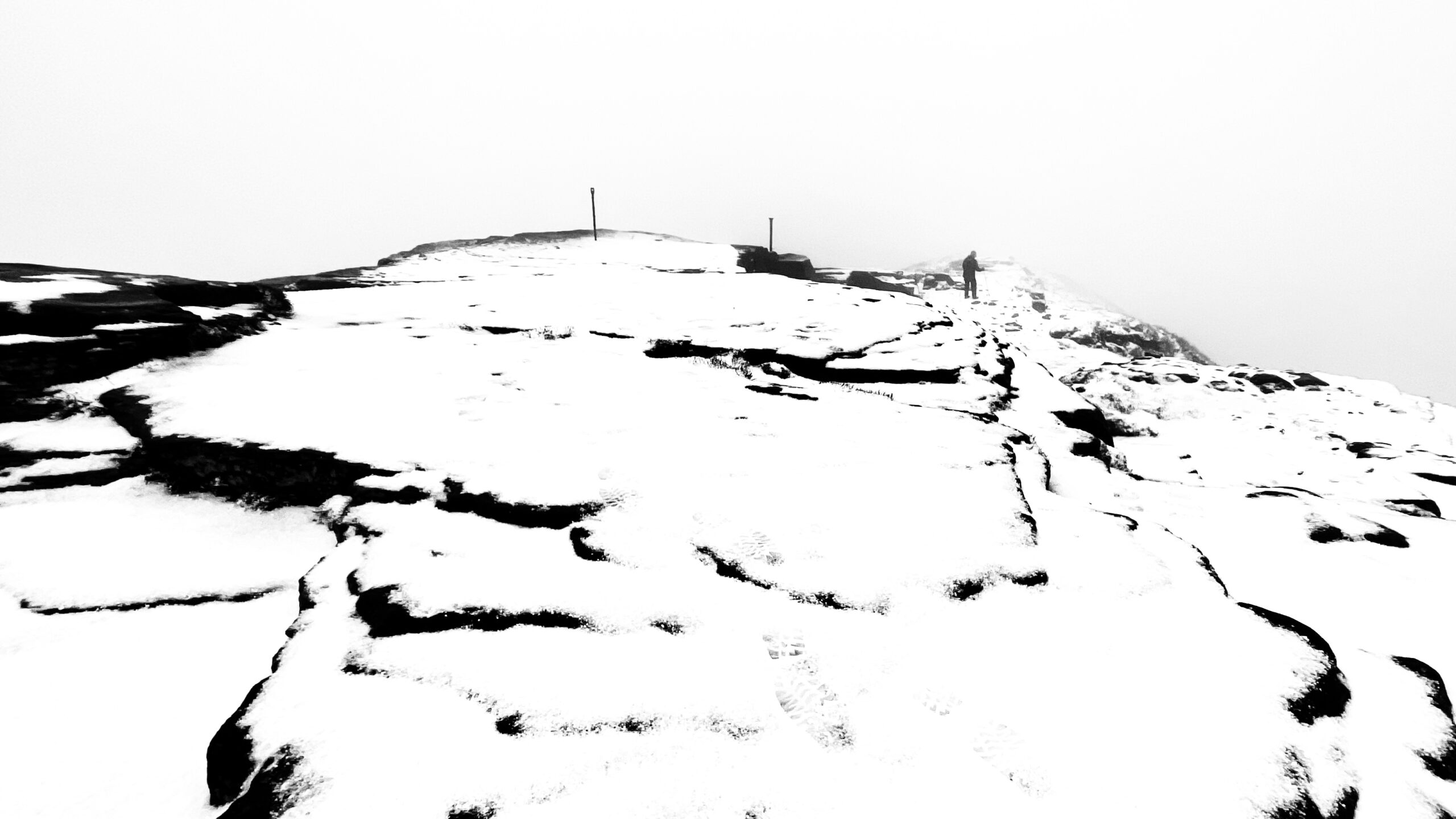
Solitude on Roseberry
The summit of Roseberry lay in an uncanny hush this morning, hidden beneath a dense veil of cloud that turned the familiar rocks into something resembling a far-off alpine mountain. The first snow of winter was still drifting down in slow, wavering flakes, a little damp but enthralling nonetheless. The whole scene felt charged with…
-
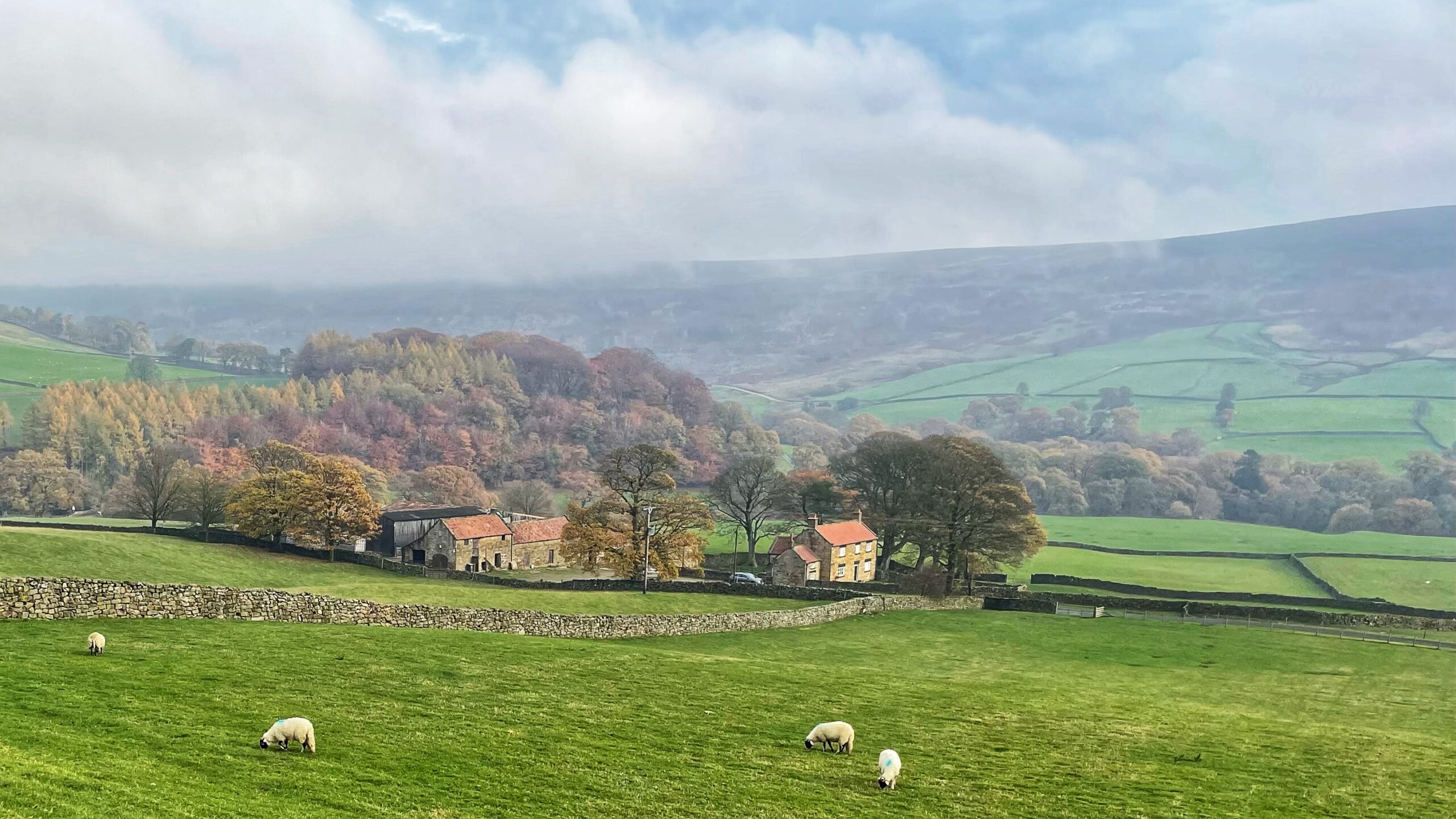
Breck House and an Athletic John Brown
A blocked road just north of Helmsley forced us into a long and meandering detour on our way to Bonfield Ghyll. Still, it offered the consolation of fresh glimpses of familiar country. This is Breck House in upper Bransdale, a solid stone-built Moors farmhouse dating to after 1850. Yet an estate survey from 1782 records…
-
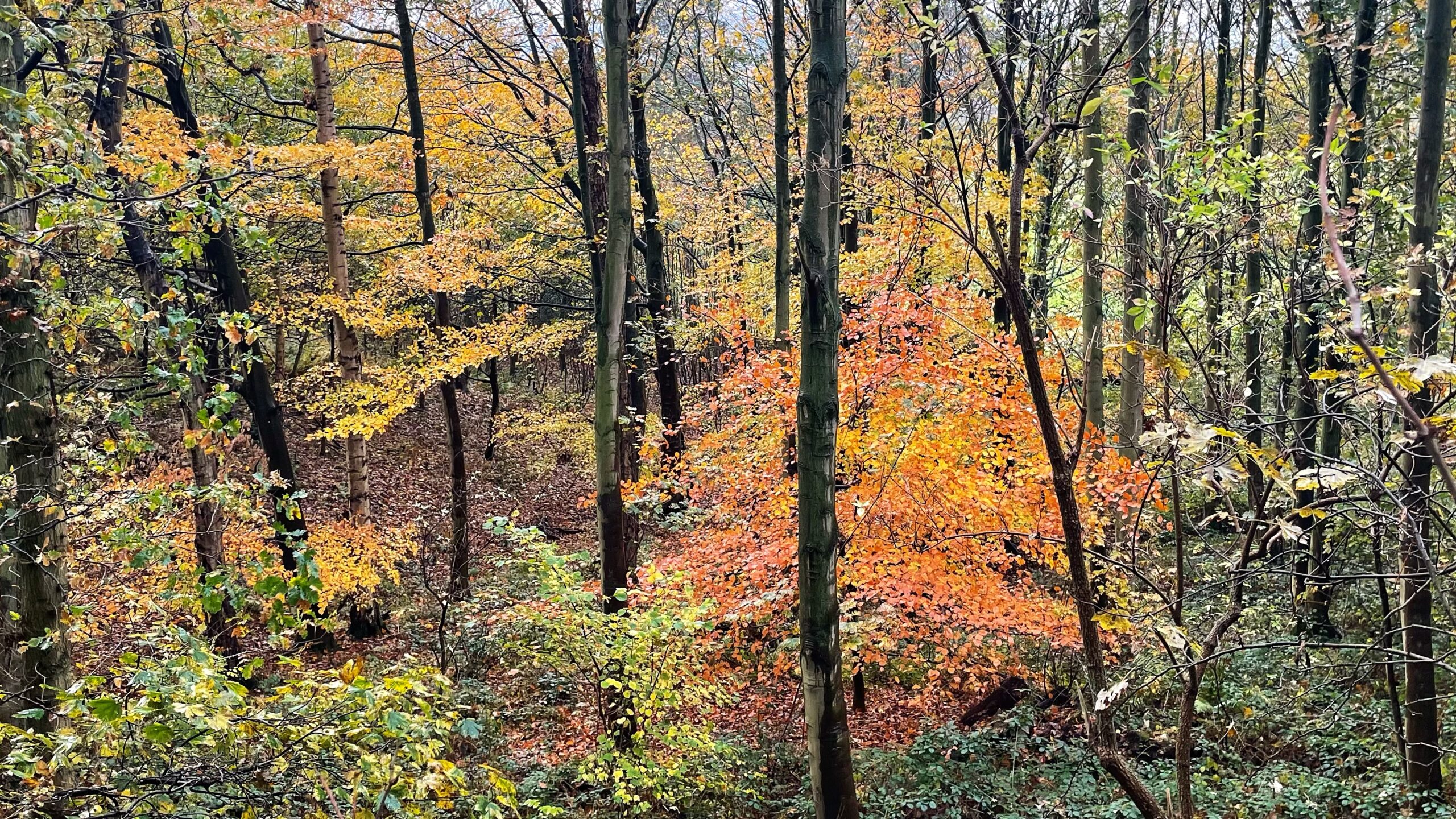
Nettle Wood in Autumn’s Glow
Nettle Hole: Two modest parcels of woodland lie beside Cliff Ridge Wood, gifted to the National Trust in 1991 by Lady Fry for the princely sum of ten pounds. A bargain, one might say, for a place that now looks splendid in autumn, its beech saplings blazing away where once nettles ruled. Farmers, of course,…
-
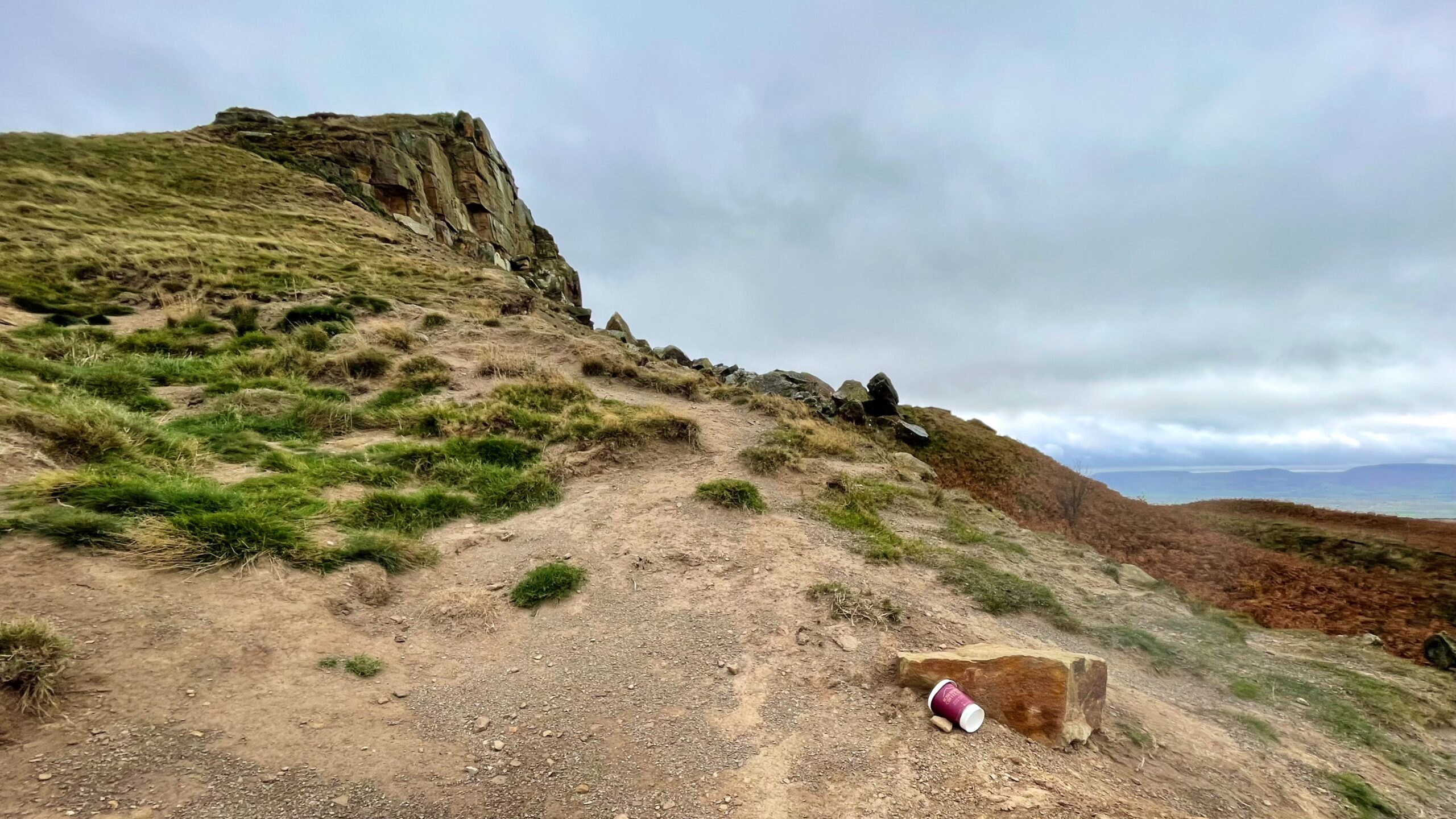
Shale, Sandstone and a Coffee Cup
I set out this morning hoping to capture a clear view of the mound on Roseberry’s western slope, formed by the landslip of May 1912. The result was underwhelming; the photograph failed to do justice to the defining shape of the old slump. During the second week of that May, a great section of Roseberry’s…
-
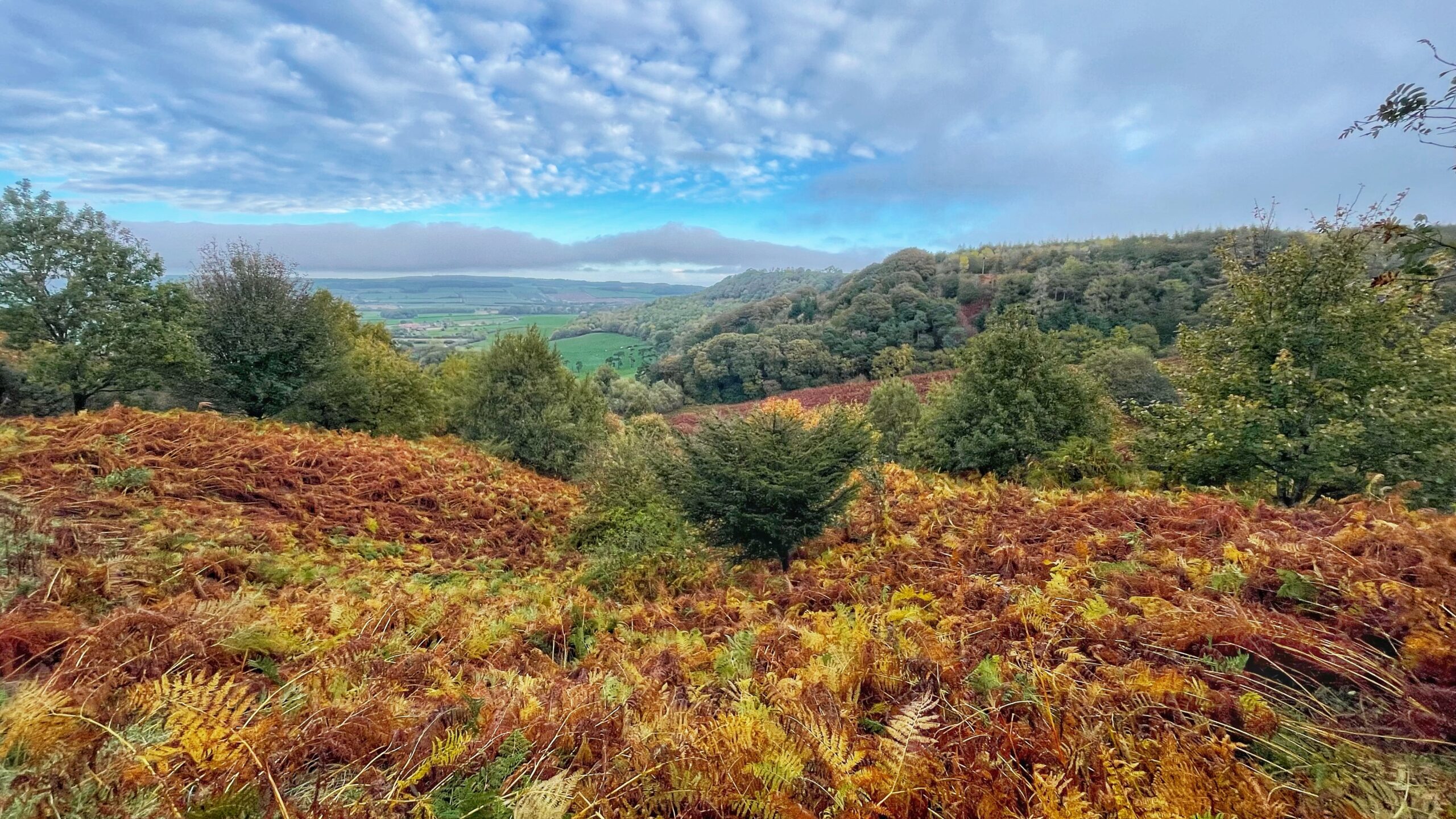
Autumn’s Splendour and Shadow
Autumn colours never repeat themselves. Some years they dazzle, others they merely please, yet always they seem above the average. This season the woods and commons are blaze with bronze oaks, copper beeches, flashes of yellow, and the odd scarlet sentinel. Only the ash stands bare and grey, its leaves long gone. Even the bracken…
-
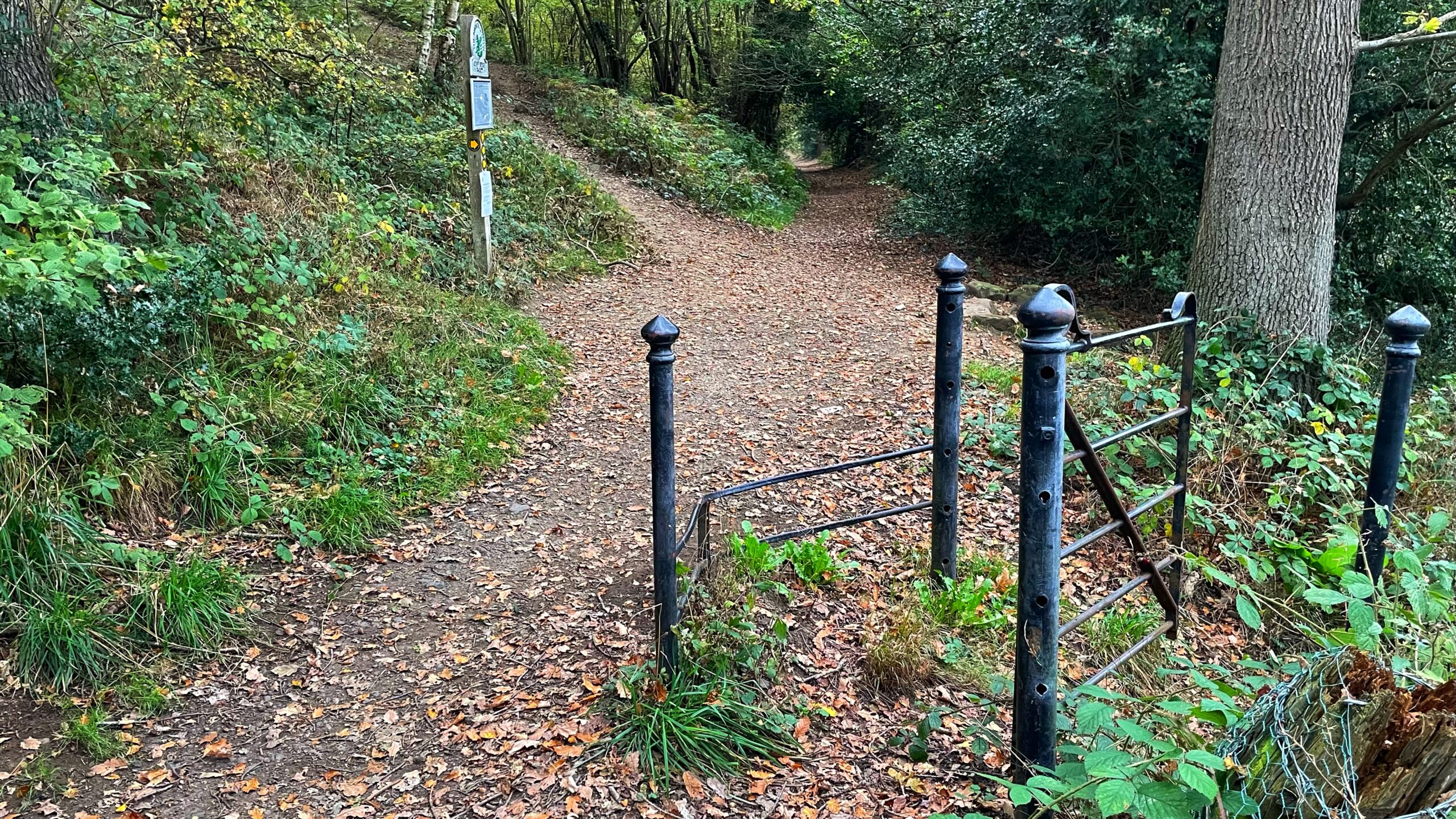
Cliff Rigg Wood: An Old Tramway, a Broken Gate and Echoes of Cook
I thought it worth recording this path while it remains as it is—the bottom one through Cliff Rigg Wood. For posterity, as they say. It is due for “improvement” in the next few weeks, though I am not quite sure what the result will look like. The National Trust, in their grand design to upgrade…
-
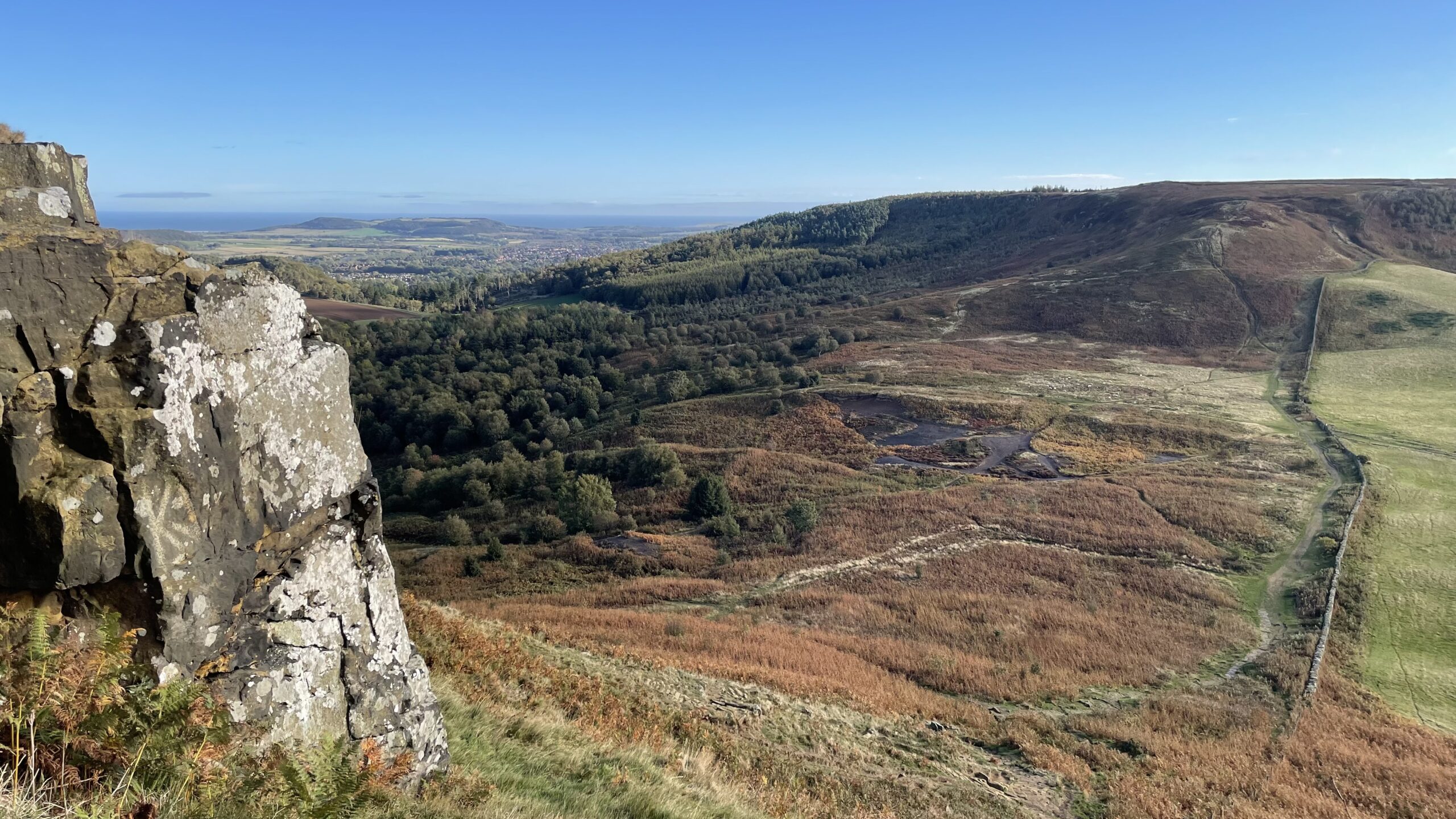
Grazing on the Common
Roseberry Common is, as its name implies, Common land. Once belonging to the Lord of the Manor of Newton, it was vital to village life. Here the people gathered fuel, grazed their livestock, and scraped together the means to keep both body and hearth alive through harsh seasons. If you look closely, you may spot…
-
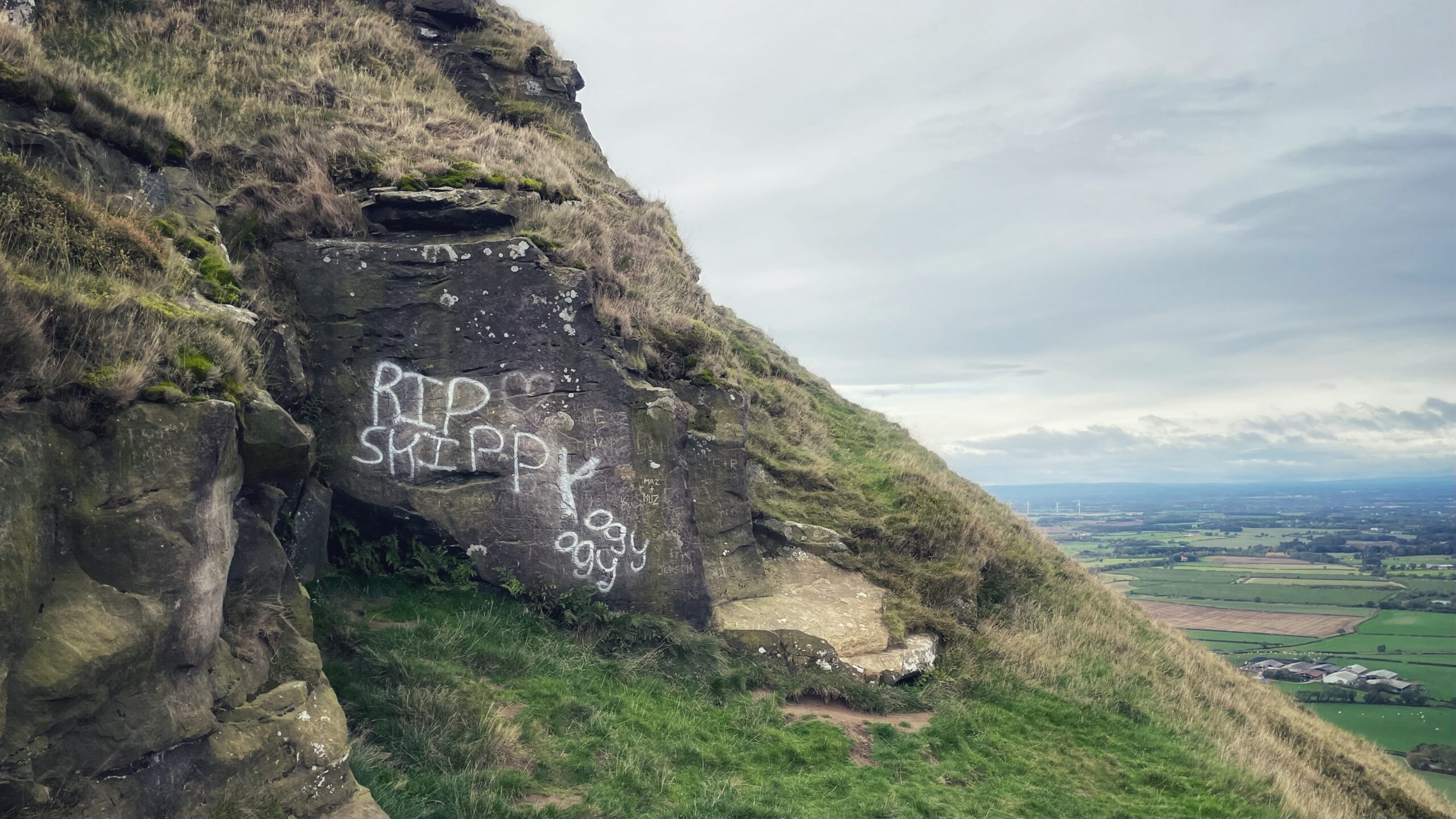
RIP SKIPPY: A Memorial Nobody Wants
Just below the summit of Roseberry Topping—a name that sounds like a pudding but is in fact Teesside’s iconic hill—there’s a large crag sandstone, rock that was laid down millions of years ago. The hill itself has only existed for twenty thousand or so, which makes it practically new money in geological terms. Moss and…
-
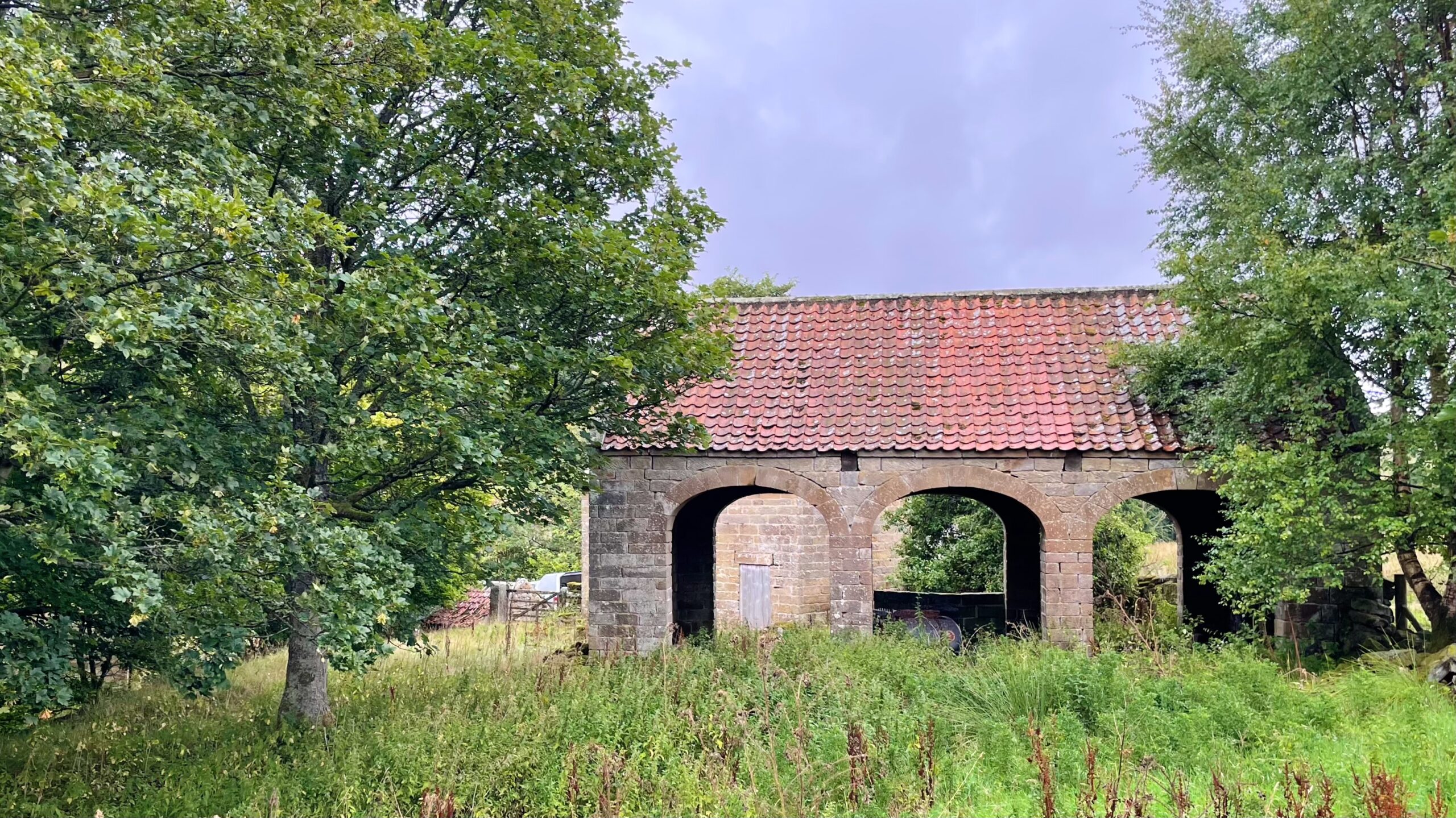
The Hay Barn at Bransdale Mill
Tucked away behind Bransdale Mill stands this elegant three-bay hay barn, built in stone and retiled in the 1980s. Once, each arched entrance was fitted with sturdy wooden double doors, a reminder of its working life. The barn belongs to the story of the Bransdale Mill complex, largely shaped in the 18th century under William…
-
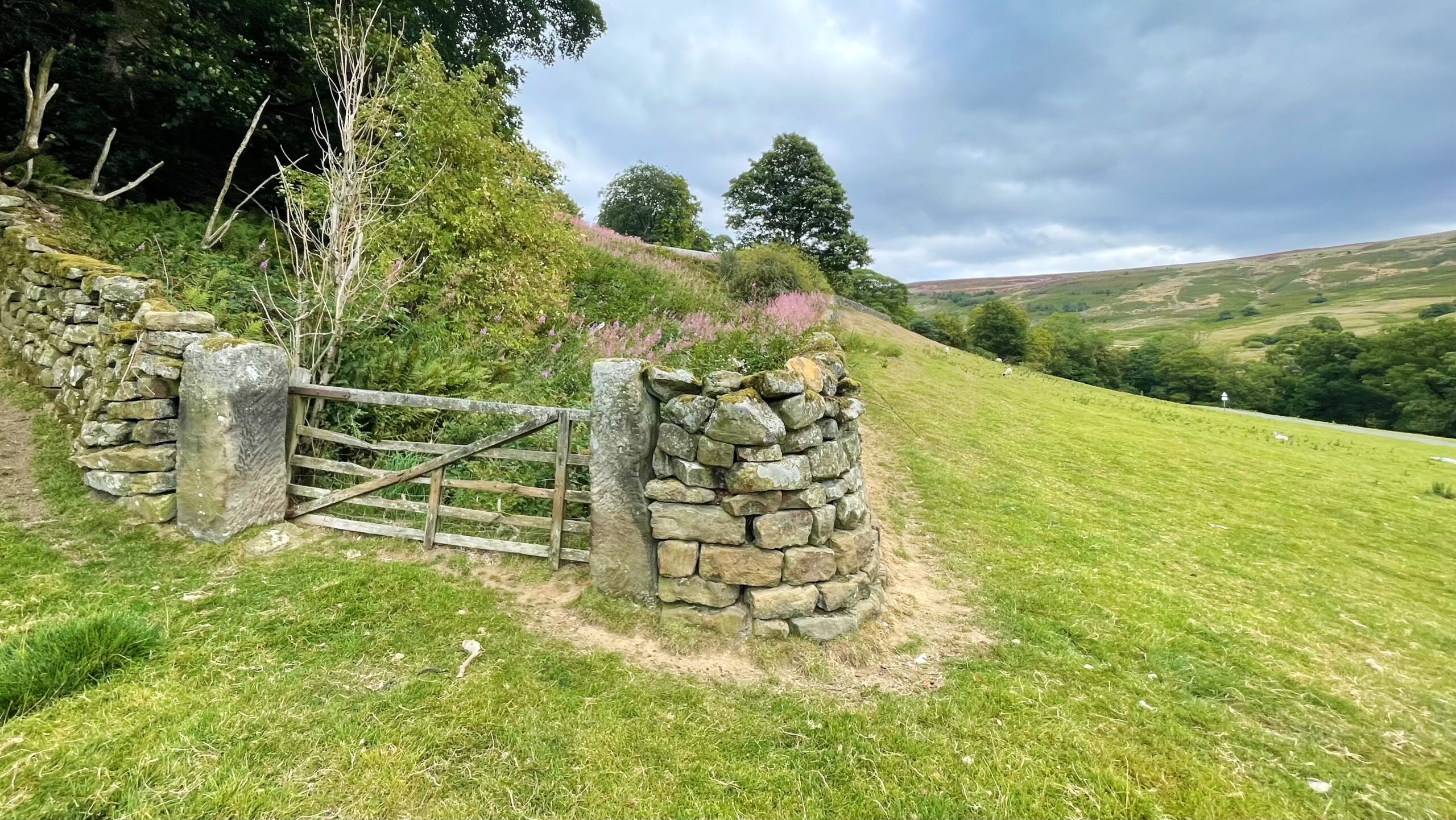
The Long Lost Way to Cockayne
At first glance, it is nothing remarkable: a pair of stone gate stoops, standing quietly beside a graceful curve in a dry-stone wall, just south-west of Cockayne Church. But ignore the leaning wooden 5-bar gate secured by baling twine, and a closer look tells a different story. These are no rough farm gateposts. Each is…